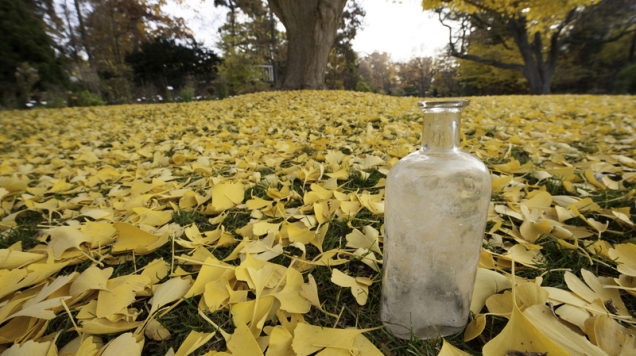Imagine you start an experiment. You plan everything out, spend long hours going over equipment lists, past papers, sampling logs and justification for your funding sources. You carefully prepare seeds from 21 different species of plant in 20 different lots and pour those seeds into 20 different glass milk bottles. The bottles are filled with sand and then wheeled out onto the grounds of Michigan State University. Each bottle is planted upside down in the moist soil; bottles open and facing downwards to prevent water building up within the sand housing the seeds. You finish the job, patting down the topsoil of the last hole you’ve dug, and walk away to wait five years. You tell only those that absolutely need to know where you’ve buried all of these bottles.
You are Dr William James Beal and it’s 1879.

Fast forward 120 years and the 15th of the 20 bottles is unearthed under cover of the night in the year 2000. The next will be dug up in 2020. The Beal Seed experiment is one of the longest continuous experiment in the world. Longer even, than the pitch drop viscosity experiment that was started in 1944.
Originally, the bottles were supposed to be opened every 5 years, but the weather got the better of the future curators of the experiment after Beal retired. A particularly harsh frost in 1919 foiled plans to dig one up and so the researchers decided to wait until Spring 1920… dug it up and then decided waited another 10 years (as you do).
In 1990, Dr Gustaaf de Zoeten, the curator of the experiment, extended the interval between excavations even further and waited another 20 years before digging up the next one. Assuming future researchers don’t decide to wait even longer, the entire experiment will be over and done with in the year 2100!
So I suppose the real question here is…. why?
Well in the words of the man himself, he wanted to:
“…(learn) something more in regard to the length of time seeds of some of our most common plants would remain dormant in the soil and yet germinate when exposed to favorable conditions”
In other words, he wanted to see how successful the plants were at growing and then making other plants. This is perhaps where things start getting really interesting. You see, this entire experiment was designed to help answer a problem that has since been solved. Before the age of weed-killer and herbicides, farmers were forever pulling weeds that threatened to choke their precious crops. How many times did you need to de-weed before the unwanted plants stopped growing back?
So why is it still going?
Encased within all of those antiquated milk bottles, are 20 different species of common weeds from the area. So far, there are only two species left that have actually grown after being buried under the ground for 120. Scientists are hoping that these results will help them get rid of other cloying weeds in the area. The more we understand about how the seeds grow or don’t grow, the more likely we’ll be able to figure out an eco-friendly way of getting rid of them in the future.
The next bottle is due to be dug up in 2020. I’m really hoping no one forgets where they buried it.
Had never heard about this before, fascinating!
It is right? I think the thing that gets me is that this is still going after over 100 years but the original research questions have been completely changed! Super interesting.